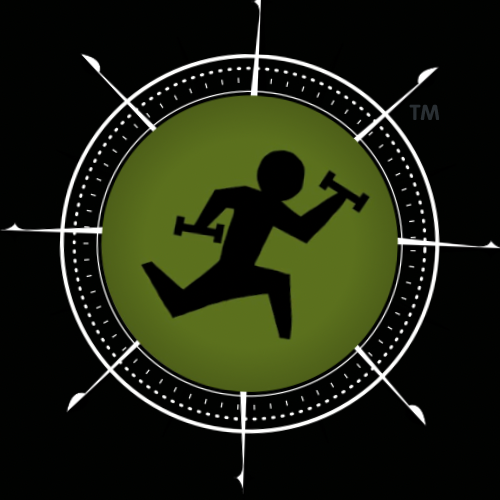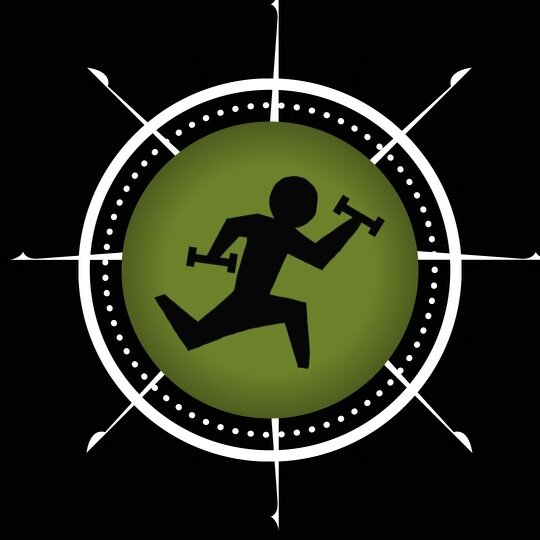Training with Lower Back Pain
Working out with lower back pain can be one of the most challenging situations to manage. It’s a common issue that affects many people, and no matter your training style, it can interfere with your routine to some extent. Today, we’re going to explore why lower back pain occurs and how you can adjust your training to both avoid and overcome it.
Quick Anatomy Lesson
The spine has an "S" curvature that allows us to bend, flex, rotate, and withstand stress, both structurally and externally. It also contains the pathway for thousands of nerve endings connecting the brain to the rest of the body. The spine is divided into three main sections: 7 cervical vertebrae, 12 thoracic vertebrae, and 5 lumbar vertebrae (plus 5 sacral vertebrae). Between each of these vertebrae are vertebral discs—a jelly-like substance that reduces bone-to-bone stress and protects the nerves.
Why We Experience Lower Back Pain
Our bodies are resilient and capable of handling significant stress. However, they adapt to the conditions we repeatedly subject them to. Consider your daily routine: Are you frequently seated, hunched over, and not exercising properly or regularly? Over time, these habits can lead to discomfort and pain. Of course, there are instances where acute injuries occur, like failing a 1-rep max squat or deadlift, but more often than not, back pain results from long-term habits.
When we constantly hunch our spine, our body adapts to this position, making it the new norm. Over time, muscles weaken in some areas and tighten in others, leading to issues like picking up groceries without a problem for years—until one day, when your back suddenly gives out. This can lead to days off work, numerous doctor’s appointments, missed time with family, and weeks of physical therapy.
Alternatively, maybe you go to the gym regularly but don’t follow a structured program. You might skip leg days because you feel your legs get enough work elsewhere. Then, a snowstorm hits, and after a few rounds of shoveling, your back is in agony.
In both scenarios, the common thought is, "My back is weak—I need to strengthen it." But that’s not the whole story.
What is Actually Weak…
First, let me clarify that I’m not a physical therapist or doctor, but I do have years of experience in post-op rehabilitation and over a decade in injury prevention and strength coaching. From what I’ve seen countless times, most people with lower back pain don’t have weak backs. Instead, they have weaknesses in other postural muscles and may need a form check. While everyone is different, here are some key muscles that likely need more attention, along with exercises that can help reduce back pain over time.
Glutes
Yes, your glutes—those powerful muscles in your buttocks—are crucial for absorbing load and aiding in the movement of your femur (thigh bone). However, with our continuous sitting, many people experience “glute amnesia,” where the glutes become underactive and don’t fire as they should. This can lead to lower back pain, especially during long periods of standing or impact activities like running. Strengthening your glutes can make a significant difference. Try these exercises:
- Hip Thrusts
- Glute-Ham Raise (GHR) Thrusts
- Single-Leg Horizontal Leg Press
Hip Flexors
Right now, as you sit, your hip flexors are likely tight, shortened by the 90-degree angle they’ve been in for hours. This position tells your hips that they don’t need to lengthen, leading to stiffness and discomfort. To counteract this, incorporate stretches and exercises that lengthen and strengthen the hip flexors and anterior chain:
- Couch Stretch
- Hip Flexor Stretch
- Bulgarian Split Squat
- Band Marches
- Ball Squeeze with Hip Abduction
Transverse Abdominis
The transverse abdominis (TA) is part of your deep core muscles, working alongside the hip flexors to stabilize your spine, especially against external forces. While not the six-pack muscles, the TA plays a critical role in movements like shoveling, deadlifting, and squatting. Strengthening this muscle can provide much-needed support for your back:
- Pallof Press
- Deadbugs
- Yoga Ball Deadbugs
- Pelvic Tilt Hip Bridge
These exercises should be done with lighter weights, focusing on 10-20 reps. Remember, not all exercises will be suitable for everyone, so it’s essential to find what works for you. If you want to get ahead of your back pain before it worsens, please connect with our staff. We can conduct a personalized movement screen and diagnostic session to build the best strengthening routine for you!

